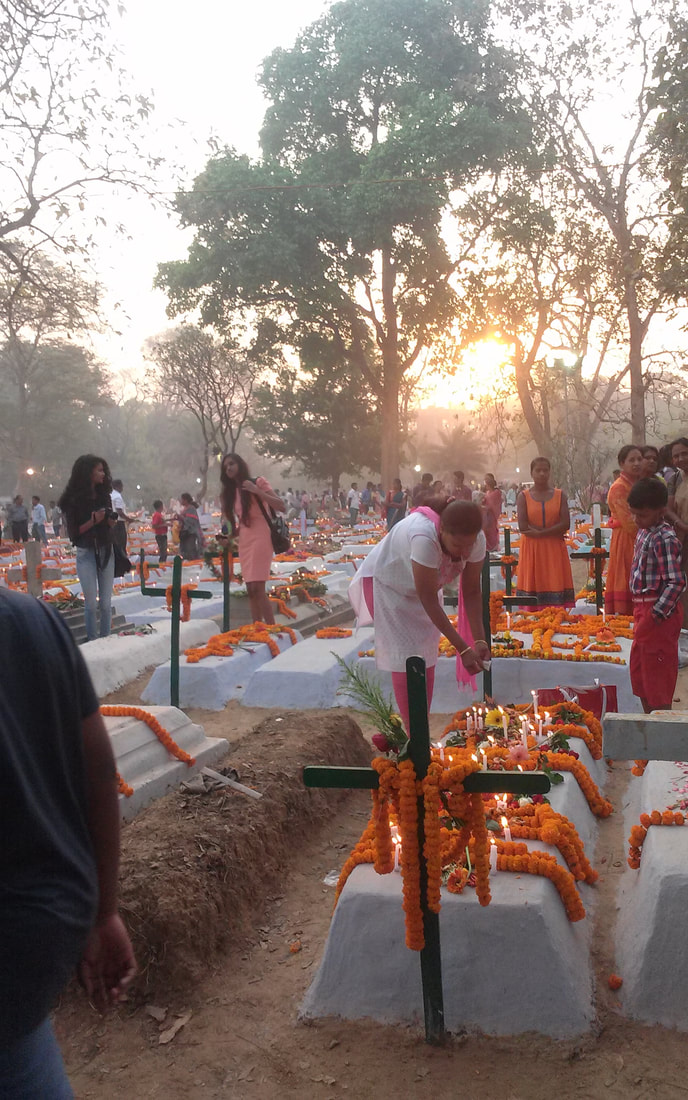|
The story of Ferdinand Hahn the German missionary in British India, who worked among the Adivasi, is a unique biography. There have not been any recent comprehensive biographies on these German missionaries or the histories of this era and region. The Gossner Mission Magazine published in Berlin has published several articles of interest. Very little has been written to connect an English-speaker to this important history. In the early twentieth century a few histories of the Adivasi and the German missionaries were published in German. For the purposes of research for this book I have had those books translated into English (also ready for publication).
I initially desired to write this biography to discover a forgotten ancestor, but I have come to write for a vastly varied audience. I was thinking that the Americans interest in genealogy and immigration would find this story an interesting twist: the German who goes not to America, but to British India. Immigrant stories are inspiring and teach us a great deal about history. They also tell us something about what shapes identity. The cross-cultural dynamics are constantly at play between German, British, and Indians who among themselves speak varied languages and hold varied views. The degree to which there ii a cross pollination of ideas in an ever-globalized world will capture the modern readers fascination. Ultimately, however, the biography is about a Christian missionary. While I hope that the story would challenge Christians to examine the depths of their commitment, I have written the book for a more universal audience, in an ever-globalized world, exploring the challenges of cross-cultural communication. Regardless of what kind of mission, abroad or at home, secular or religious, the relevant questions raised in this biography explore how to help without harming. Missionaries did both harm and good. Despite their efforts, Christianity is very much a part of India’s complex and diverse society. The impact of Christianity on India is one that any history buff of India cannot overlook. Finally, I wrote to add to the ever-increasing literature on indigenous movements in India and around the world. This biography offers clarity on the history and social position of India’s original dwellers (the Adivasi). Readers interested in ecology and human rights will recognize the struggle of indigenous people from over a century ago that continues today. Many readers, however, do not fully appreciate the leading role indigenous people have played globally in the human rights and ecology movements. This story will bring the story of these original dwellers in the heart of India, closer into the heart of the reader, in hopes of building awareness.
0 Comments
Leave a Reply. |
2016 -2020These musings include the journey of my writing on the history of my great great grandparents and the travels for research to India, Germany and other places of interest. Archives
June 2020
Categories |

 RSS Feed
RSS Feed